Alright so this is super hard to put in words. So I have some code:
vector <char> Chars;
for(char c = '0'; c <='z'; c++) {
Chars.push_back(c);
}
And so it helps with adding characters to my character vector because it will add the select amount. Example:
vector <char> Chars;
for(char c = '0'; c <='9'; c++) {
Chars.push_back(c);
}
Gets you 0123456789 and:
vector <char> Chars;
for(char c = '0'; c <='Z'; c++) {
Chars.push_back(c);
}
Gets you 0123456789:;<=>?@ABCDEFGHIJKLMNOPQRSTUVWXYZ. How can I (a) get all of the characters and (b) what is the order of this? Why do they have some symbols after the numbers but not all of them?
